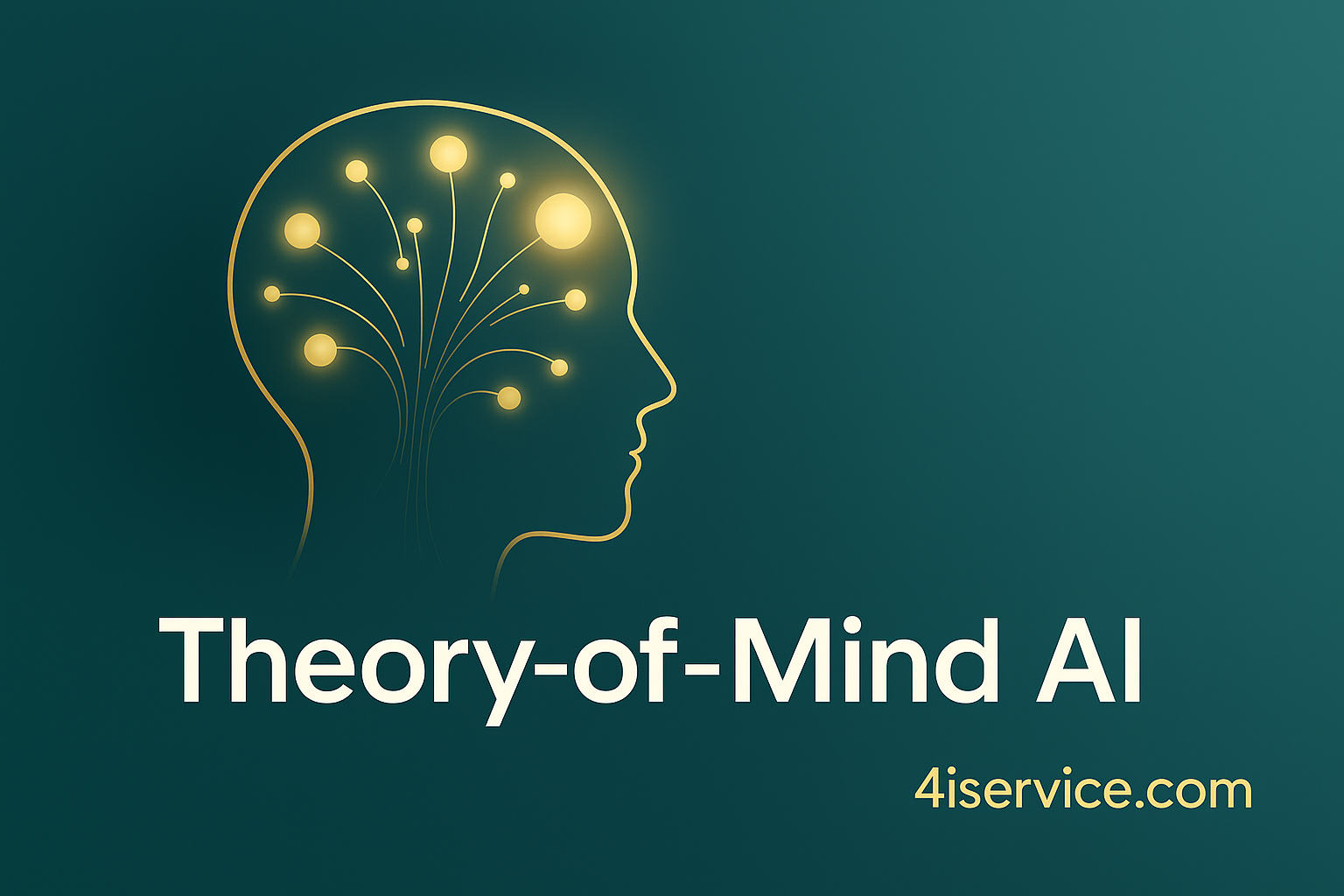
Listening is one thing. Understanding is another.
For decades, AI has been exceptional at processing language. It can transcribe speech with near-perfect accuracy. It can search vast databases in seconds. It can generate answers to questions faster than any human could.
But humans don’t just communicate with words. We communicate with intent, with unspoken meaning, with emotions that shape our conversations. When someone says, “I’m fine,” they may not be fine at all.
That’s the limitation of today’s AI. It listens, but it doesn’t fully understand.
The next frontier is Theory-of-Mind AI — intelligence designed to grasp context, recognize intention, and anticipate needs.
In psychology, “Theory of Mind” is the ability to recognize that other people have thoughts, beliefs, and emotions separate from your own.
It’s how we interpret someone’s raised eyebrow as skepticism. Or how we sense hesitation in their voice as doubt.
Theory-of-Mind AI applies this human capacity to machines. Instead of only responding to words, it begins to interpret what those words mean in context.
This means AI won’t just follow commands — it will begin to read between the lines.
The science is already advancing.
This doesn’t mean AI feels emotions. It means AI can simulate the way humans interpret emotions — and that’s powerful enough to change how we interact with technology.
Imagine calling a support line and saying, “I’ve tried everything, nothing’s working.”
This isn’t just problem-solving. It’s empathy at scale.
Consider a patient filling out an online intake form. They mark their pain level as “moderate,” but their voice in a follow-up call trembles, revealing anxiety.
A Theory-of-Mind AI could detect the mismatch between words and tone — and flag it for a doctor to address. That simple insight could prevent delayed treatment, saving both lives and resources.
In classrooms, students often hesitate to admit confusion. A Theory-of-Mind AI tutor could recognize hesitation in a student’s pauses, or detect uncertainty in their choice of words.
Instead of moving on, the AI could re-explain the concept, ask simpler questions, or encourage the student until confidence is rebuilt.
Learning becomes less about passing tests and more about genuine understanding.
Think about your digital assistant — Siri, Alexa, or any smart speaker.
Today, you might say: “Play some music.”
Tomorrow, with Theory-of-Mind AI, you could simply say: “It’s been a long day.”
The AI wouldn’t just acknowledge the words. It would infer what you mean — and respond with calm music, dimmed lights, maybe even a reminder to rest.
That’s not convenience. That’s companionship.
The most powerful technology doesn’t make us feel less human. It makes us feel more human.
Theory-of-Mind AI moves us closer to that. Instead of transactions, we’ll have conversations. Instead of commands, we’ll have relationships.
When technology starts to anticipate, adapt, and reassure, we’ll stop asking “Is this machine smart?” and start saying, “This machine understands me.”
At 4iservice, we believe intelligence without empathy is incomplete. That’s why we’re exploring Theory-of-Mind AI as part of our long-term vision.
The future we’re building isn’t about louder machines or faster processors. It’s about assistants that make people feel understood.
The evolution of AI has taken us from calculators, to search engines, to voice assistants. The next step is deeper — AI that not only hears you, but understands you.
It’s the difference between feeling dismissed and feeling cared for. Between being heard and being understood.
When AI makes that leap, it won’t feel like a tool. It will feel like a partner.
And that’s a future worth building.